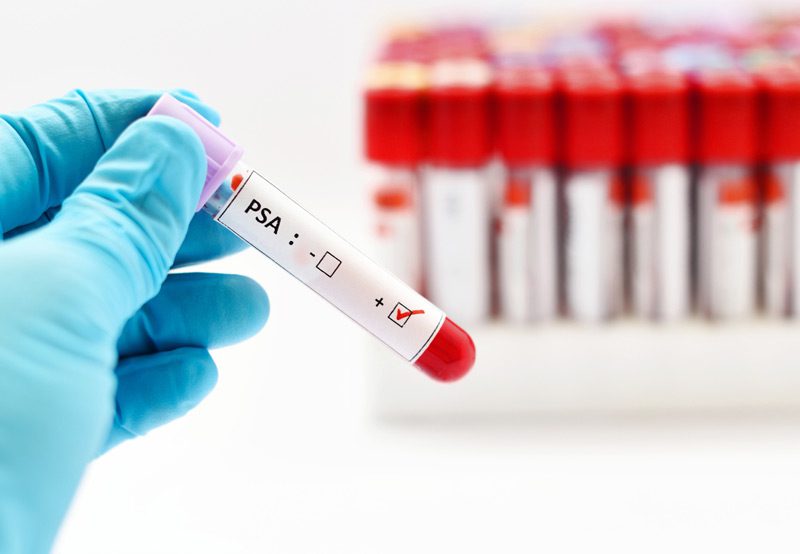

Active surveillance is a strategic approach to managing low-risk or slow-growing prostate cancer without immediate intervention. Instead of initiating surgery or radiation right away, this method involves closely monitoring the condition over time to ensure it remains stable. The goal is to avoid or delay treatment and its potential side effects unless the cancer shows signs of progression.
Who Is a Candidate?
Active surveillance is typically recommended for patients with early-stage prostate cancer that is not causing symptoms and is considered low-grade (Gleason score 6 or below). It is especially appropriate for individuals with small, localized tumors, low PSA levels, and a limited number of cancer-positive biopsy cores. Patients who are older or have other health concerns may also be good candidates, as immediate treatment may pose more risk than benefit.

How It Works
Patients under active surveillance undergo regular monitoring that may include:
- PSA Testing: Blood tests to track prostate-specific antigen (PSA) levels and detect any significant increases.
- Digital Rectal Exams (DRE): Physical examinations to assess changes in the prostate.
- Prostate Biopsies: Follow-up tissue samples to evaluate whether the cancer is changing in aggressiveness or size.
- MRI Imaging: Multiparametric MRI scans may be used to enhance the accuracy of monitoring and reduce the frequency of biopsies.
Monitoring intervals are typically every 3–12 months depending on individual risk and physician recommendations.
Benefits of Active Surveillance
- Avoids Overtreatment: Many low-risk prostate cancers do not grow or spread quickly, making early treatment unnecessary for some patients.
- Preserves Quality of Life: By delaying or avoiding surgery and radiation, patients can avoid potential side effects such as urinary incontinence, erectile dysfunction, and bowel issues.
- Tailored Care: Surveillance ensures treatment is available immediately if the cancer becomes more aggressive or begins to grow.
Risks and Considerations
- Progression Risk: A small percentage of cases may progress faster than expected, making timely follow-up critical.
- Anxiety: Some patients experience emotional stress knowing they have cancer that is not actively treated.
- Compliance: Successful surveillance requires commitment to regular testing and follow-up appointments.
Next Steps
If you’ve been diagnosed with low-risk prostate cancer, discuss active surveillance with your urologist to determine whether it aligns with your health goals and cancer profile. A personalized surveillance plan ensures close monitoring while preserving your quality of life.
